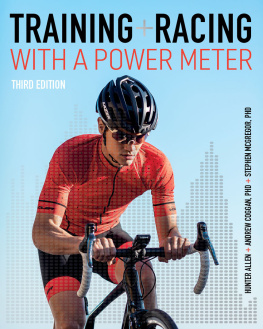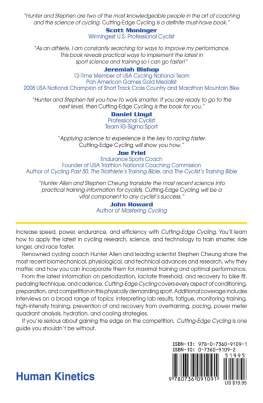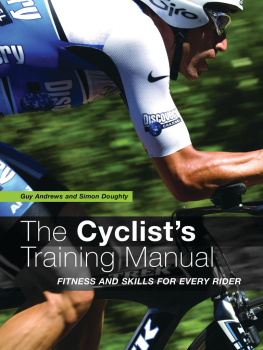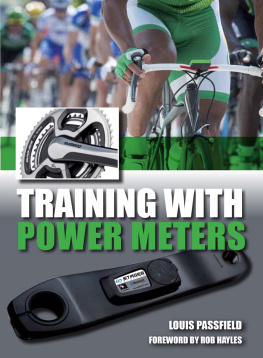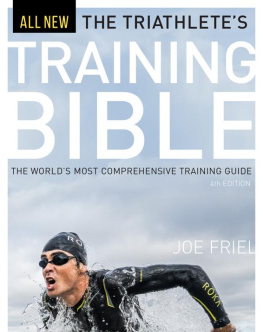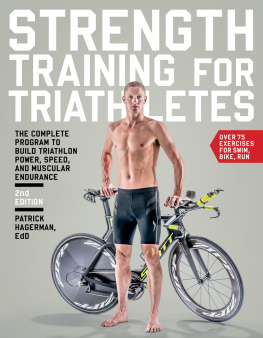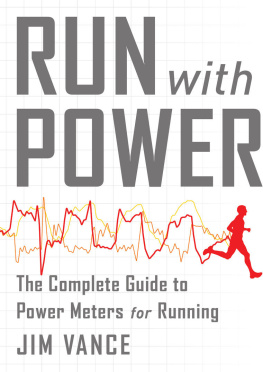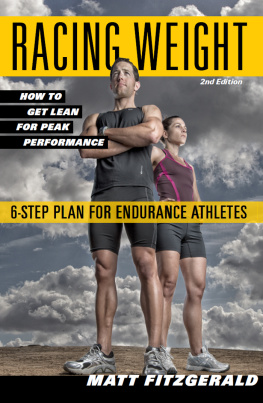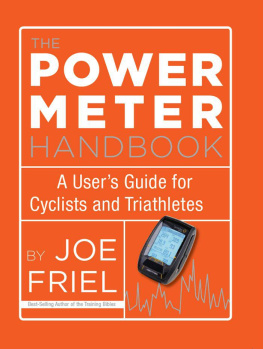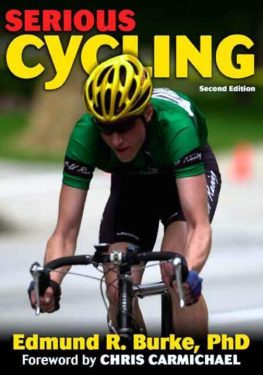AEPF | average effective pedal force |
AT | anaerobic threshold |
ATL | Acute Training Load |
ATP | adenosine triphosphate |
bpm | beats per minute |
C | cadence |
Cat. I, Cat. II, etc. | Category I, Category II, etc. |
CdA | cyclists aerodynamic drag |
CP | critical power |
CPV | circumferential pedal velocity |
Crr | cyclists rolling resistance |
CTL | Chronic Training Load |
CX | cyclocross |
FRC | functional reserve capacity |
FTHR | functional threshold heart rate |
FTp | functional threshold pace |
FTP | functional threshold power |
IF | Intensity Factor |
J | joule |
kJ | kilojoule |
LT | lactate threshold |
m/s | meters per second |
MAOD | maximal accumulated O2 deficit |
mFTP | modeled FTP |
MLSS | maximal lactate steady state |
MMP | Mean Maximal Power |
MTB | mountain bike |
NP | Normalized Power |
OBLA | onset of blood lactate accumulation |
PCr | phosphate creatine |
PDC | Power Duration Curve |
Pmax | max power |
PMC | Performance Manager Chart |
Ppeak | peak power |
RM | repetition maximum |
RPE | rate of perceived exertion |
rTSS | running Training Stress Score |
SX | Super Cross |
TRIMP | training impulse |
TSB | Training Stress Balance |
TSS | Training Stress Score |
TTE | time to exhaustion |
TT | time trial |
VI | Variability Index |
W/kg | watts per kilogram |
We would like to thank the many people who helped this third edition become a reality. First and foremost, wed like to thank our respective spouses, Kate and Angie. Without their support and help on the home front this book would still be on the drawing board. Our parents deserve a big thank you as well for supporting our dreams and beyond.
Many thanks to Kevin Williams, Tim Cusick, Gear Fisher, Dirk Friel, and Ben Pryhoda, who all played a large role in the creation and support of the TrainingPeaks WKO software, which really started it all for us.
Thanks to all the power-meter manufacturers for their help and support. We continue to be grateful for further development and innovation in the power-meter world.
A huge round of applause goes out to Sam Callan and Kevin Dessert, who inspired us and supported us from the beginning with power certification courses at USA Cycling along with helping to educate so many cycling coaches. Thanks to the members of the various wattage forums for their support as wellwe continue to be humbled by the outreach and support of the various groups and members. Thanks to Rich Strauss and Patrick McCrann for their input on using power meters in triathlon. Charles Howe deserves a great big thank you for all of his work on the FAQ for Power-Based Training and for allowing us to use the Variability Index. A big thanks to Sherman Cravens for his tireless help with training plans, and to Rachel Zambrano for contributing tons of work on the running and swimming workouts, and to Dr. Chris Myers for his dedication and loyalty to PCG and willingness to always lend a hand.
Thanks for Steve Karpik, Gavin Atkins, Jeremiah Bishop, Dean Golich, James Mattis, Frank Overton, Pam Maino, Sam Krieg, Dave Jordaan, Dave Harris, Dr. Dennis Ryll, Dr. Sami Srour, Joey DAntoni, Jeff Labauve, Dr. Jim Martin, John Verheul, Bill Black, Dr. Dave Martin, Dr. Debbie Preller, Bernie Sanders, Reynaldo Brito, Alvaro Pacheco, and Gawie Combrinck, who kindly let us incorporate some of their power data into our analyses.
Thanks to everyone who helped us along the wayfrom those who supported us in the feed zones of races, to those who challenged us in the lab, to those who helped us develop new ways of implementing our training ideas and theories. Without a doubt, this book is the sum of many contributions and we thank all of our friends.
Finally, thanks to the team at VeloPress, especially Renee Jardine, who has been with us on this journey since the beginning. Thanks also to Kara Mannix, Sarah Gorecki, and Dave Trendler. They truly work behind the scenes in the production and promotion of every book and deserve a very big thank you!
Hunter Allen & Andy Coggan, PhD
I am a very fortunate individual in that essentially all aspects of my life involve things I love to do: sports, science, coaching, and teaching. As a professor, every day I get to teach about and research the science of performance. As a coach, I get to work with great athletes and use science to coach them to perform their best. I truly am blessed. Over the past thirty years, the path of my life has allowed me to do what really makes me happy.
Much of the success Ive had in these pursuits is owed to my two coauthors. First, Dr. Coggan (Andy) has served as a professional mentor and scientific sounding board for many years. Several of the ideas Andy developed served as inspiration for ideas that I pursued in the realm of performance quantification and modeling. He has always been encouraging and inspirational. I feel very fortunate to now be collaborating with that notable scientist whom I admired as a graduate student many years ago.
I am equally indebted to my other coauthor, Hunter Allen, as he has contributed greatly to my professional success and has also served as a coaching mentor and friend. By working with his Peaks group, I was able to focus on the fun stuffcoaching, which resulted in greater success than I could have achieved individually. Ive now been working with Hunter for almost fifteen years and I cant imagine having the success Ive had as a coach without him.
When Andy and Hunter produced Cyclingpeaks (which later came to be known as WKO), using a power meter for cycling literally came out of the dark ages. For those of us trying to decipher power-meter data beforehand, it was a revelation. So, with that being said, I am immensely grateful to my two coauthors for allowing me to contribute to this edition of the book in my small way.
Finally, and most importantly, I would like to thank my lovely wife, Christy, for everything she does for me. I would not be successful without her and wouldnt know what to do with that success anyway. I am also very grateful for the two joys of my life, Liam and Cameron, who are both growing up way too fast. I wish they could slow down, so I could enjoy them as children just a bit longer.
Next page
